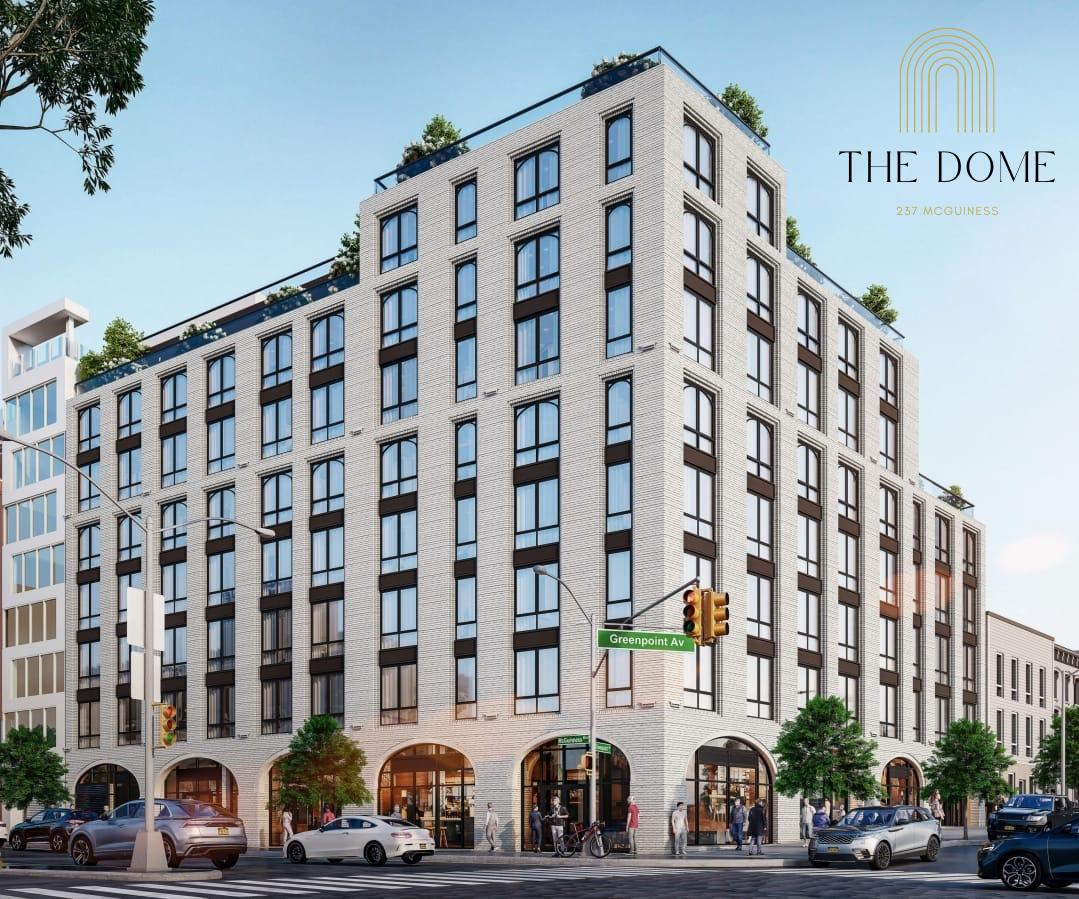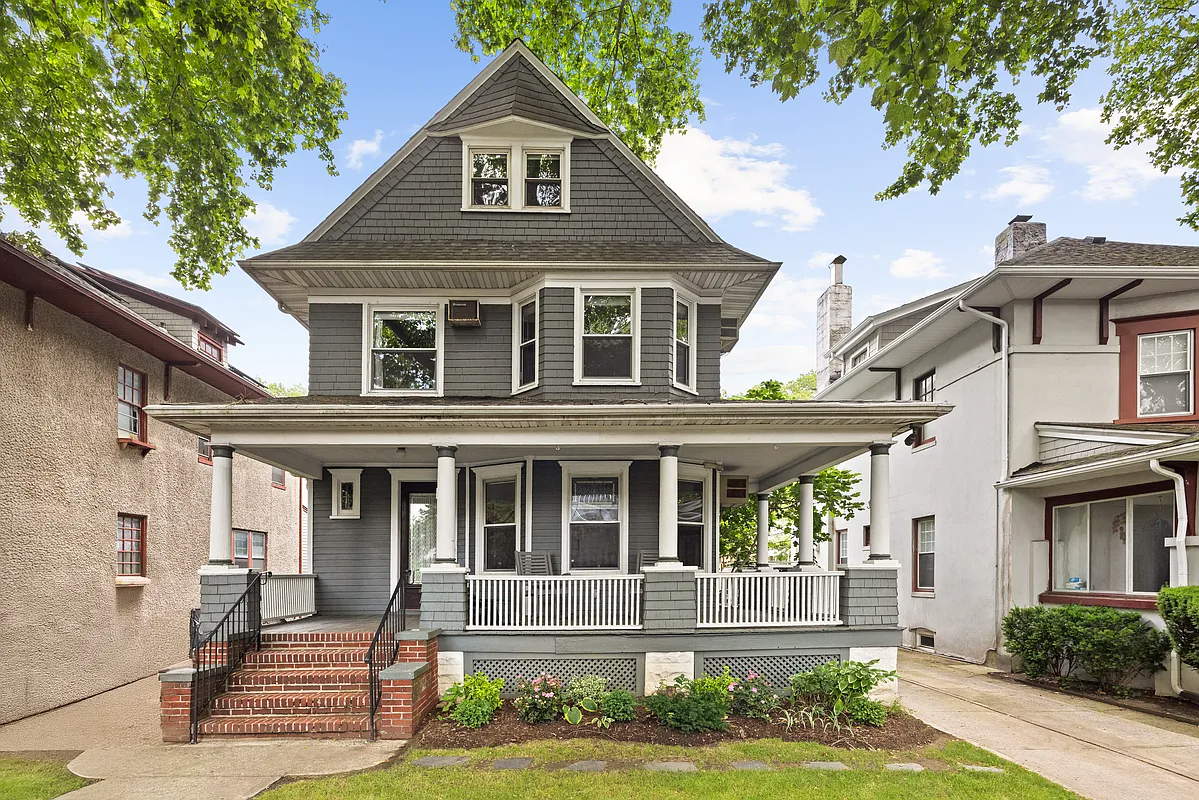Trying to Make Lemonade of Lemons at 23 Caton Place
So a large development of mediocre design has gone bankrupt leaving your neighborhood with the prospect of a hulking, half-built pile of concrete blighting your neighborhood for the next decade—what do you do? If you’re the Kensington-based community group Stable Brooklyn and the building in question is Moshe Feller’s 23 Caton Place you try to…

 So a large development of mediocre design has gone bankrupt leaving your neighborhood with the prospect of a hulking, half-built pile of concrete blighting your neighborhood for the next decade—what do you do? If you’re the Kensington-based community group Stable Brooklyn and the building in question is Moshe Feller’s 23 Caton Place you try to get the bank and a new developer to the table to create a plan to convert the building into an affordable housing project. So far, according to an article today on Arch Paper, there seems to be a real possibility that this could happen, though the complicated bankruptcy proceedings threaten to delay even the most coordinated and best-intentioned efforts. “This is no Chrysler, half-joked Brad Lander, the former Pratt Center director who was involved in the downzoning of the neighborhood and has been working with Stable Brooklyn on this initiative. I’m afraid five years from now, it could still be as is, says Megan Miller, an architect and member of Stable Brooklyn.
So a large development of mediocre design has gone bankrupt leaving your neighborhood with the prospect of a hulking, half-built pile of concrete blighting your neighborhood for the next decade—what do you do? If you’re the Kensington-based community group Stable Brooklyn and the building in question is Moshe Feller’s 23 Caton Place you try to get the bank and a new developer to the table to create a plan to convert the building into an affordable housing project. So far, according to an article today on Arch Paper, there seems to be a real possibility that this could happen, though the complicated bankruptcy proceedings threaten to delay even the most coordinated and best-intentioned efforts. “This is no Chrysler, half-joked Brad Lander, the former Pratt Center director who was involved in the downzoning of the neighborhood and has been working with Stable Brooklyn on this initiative. I’m afraid five years from now, it could still be as is, says Megan Miller, an architect and member of Stable Brooklyn.
Second Life [Arch Paper]
The Decline and Fall of 23 Caton Place [Brownstoner]
Little Progress on 23 Caton Place [Brownstoner] GMAP
Bank Sues Caton Place Developer [Brownstoner] DOB
Work Stops at Caton Place Condos [Brownstoner]
At 23 Caton Place, Laborers Labor on Labor Day [Brownstoner]





repost here: for some odd reason my 1st post was pulled.
Anyway… Clear and obvious agenda here for the Stable Brooklyn people. I guess they figure low income tenants will be less likely to complain about the smell.
Luxury condo and smell don’t usually go together very well.
“conservative republican thinking” = oxymoron.
DIBS,
I agree with the sentiment. Eminent domain could in fact be used for this sort of thing but I don’t see it happening. With govt revenues down and this being not the only stalled project, hard to see the City or State going this route. Better route is the one being pursued in the community, but it would be nice to see the City or State pony up a little to help grease the wheels and make it work. Better to use govt financing as some kind of leverage than to expect a full takeover. In the 60s-70s, the City foreclosed on tons of tax liens and ended up with lots of property it couldn’t do anything with for years (some fo these are the lots where community gardens eventually started) — both off the tax rolls and costly nuisances. A financially defter response is needed now.
what cost are they talking about as far as taking over the building?
I’m going to deviate from my normal conservative republican thinking when it comes to capitalism & real estate and suggest that there should be some form of eminent domain to seize things like this when the neighborhood in general is harmed by a bankrupt, unfinished project.
Lemonade out of Lemonheads. Impossible. What a mess! (not just this)
***Bid half off peak comps***
Coming to a theater near you…
The What (I hate it when I’m right, NOT!)
Someday this war is gonna end…
This sucks.